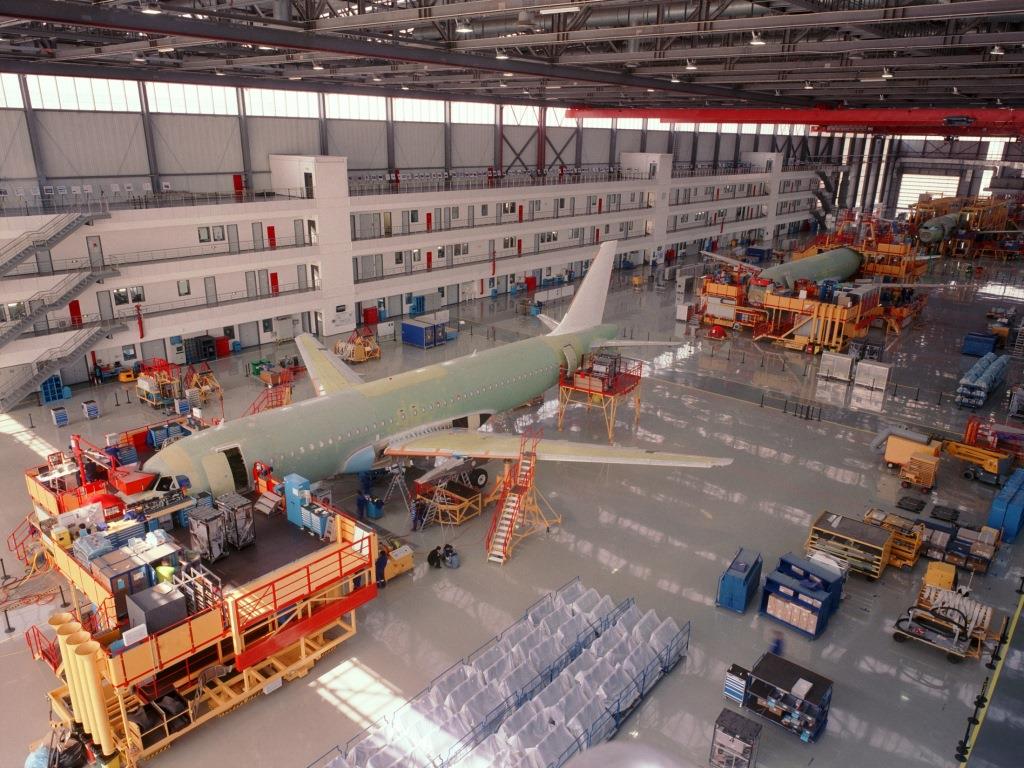Recent developments in technology over the last decade have made it possible for businesses to inch closer towards becoming a connected enterprise – one that is more productive, makes better business decisions and drives collaboration.
Take cloud computing, for example. While enterprises once had to build and maintain expensive in-house software to run their business, they can now subscribe to sophisticated business applications through the cloud.
These cloud-based applications run the gamut, from sales and customer relationship management software to business tools that let enterprises manage their entire supply chains, finances and human resources.
More importantly, cloud computing, with its subscription-based or pay-per-use pricing, has levelled the playing field for small and medium-sized businesses (SMBs) that would otherwise not have been able to afford such applications.
“Across the region, cloud awareness and readiness is rising and Asia Pacific is truly paving the road to the next phase of growth for enterprises,” says Vadish Shetty, Head of Channel Marketing at Akamai in Asia Pacific and Japan.
“Organisations that leverage hybrid, as well as a mix of cloud services that bring differentiated and complementary value are more likely to be highly satisfied,” he says.
But it is not just cloud applications that are changing the game in enterprise IT. Cloud infrastructure services are also redefining how IT is being deployed in enterprises.
Instead of waiting for months to buy and install a new server, enterprises can now do so within minutes, through an infrastructure-as-a-service (IaaS) provider.
And the best part is, enterprises no longer need to worry about software patches or keeping servers up and running. That allows them to focus on strategies to grow their business, rather than spend time and resources to keep the lights on.
As more organisations move to the cloud, data privacy and cyber security continue to weigh in as the biggest challenges on the minds of Chief Information Officers who are now spending more on IT security.
According to technology research firm Gartner, worldwide spending on information security reached US$71.1 billion in 2014, an increase of 7.9 per cent over 2013. This is expected to grow a further 8.2 per cent in 2015 to reach US$76.9 billion.
Also significant to enterprises is mobility, where employees empowered with mobile devices are able to work effectively anytime, anywhere. It makes for more productive and happier employees too, especially among millennial workers who are demanding greater work-life balance and workplace flexibility.
Indeed, more enterprises are embracing Bring Your Own Device (BYOD) policies to allow employees to use personal devices for work. But this also presents security challenges for organisations, which may not have the tools or know-how to secure an onslaught of personal devices connecting to corporate IT networks.
That is why more than half of enterprises will turn to security service firms that specialise in data protection, security risk management and security infrastructure by 2016, giving rise to significant growth throughout the globe for managed security services, according to Gartner.
Sense making and the social enterprise
As employees become more mobile, they have also become more social. Businesses can turn this into a competitive advantage by harnessing social media tools to enhance collaboration among employees and engage customers.
A slew of enterprise social tools geared towards the needs of businesses have sprung up in recent years, allowing employees to share ideas and collaborate on projects via corporate social networks. Others help businesses track social media activities across multiple marketing channels.
According to IDC, the global market for enterprise social software was worth US$0.9 billion in 2011, but this will rise to US$4.5 billion by 2016. In fact, IDC believes that social software is expected to replace other collaboration applications, with sales growing at a compound annual rate of 43 per cent.
Oftentimes, social software will come with analytics capabilities to help enterprises make sense of all the data generated by customers and employees within an organisation.
“Data analytics allows business owners to extract useful insights that explain how customers behave,” says Erel Rosenberg, CEO of DFRC, a data analytics specialist.
Retailers, for instance, could use DFRC’s unique combination of sensors and monitoring tools to find out if customers are returning to their stores or staying longer, and if they are focusing on a specific area inside a mall.
At EnterpriseIT2015, DFRC will be launching Tiko, a shopping malls analytics and engagement platform. Developed with DFRC’s Swedish partners, Tiko aims to provide insights from the DFRC crowd analytics engine, along with a gamification app that lets users collect miles in exchange for special shopping deals.
In addition, Tecom will be touting its IG7600 Smartphone Business Communication System that turns smartphones into office phones. As long as there is Wi-Fi or mobile data coverage, users can access PSTN lines in the office and enjoy all business communications functions.
These solutions and more will be showcased at EnterpriseIT in Singapore from 2-5 June at Marina Bay Sands. The NXT thematic clusters at the show will provide businesses with innovations to help overcome challenges in today’s digitised landscape.
The clusters will encompass new solutions and technologies in areas such as big data and analytics, BYOD, mPayment, cloud, enterprise mobility and security, among many others that empower the workforce, enable mobility and increase efficiency.













